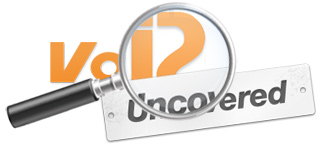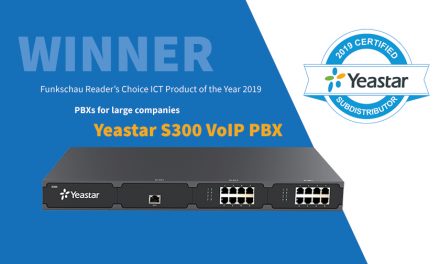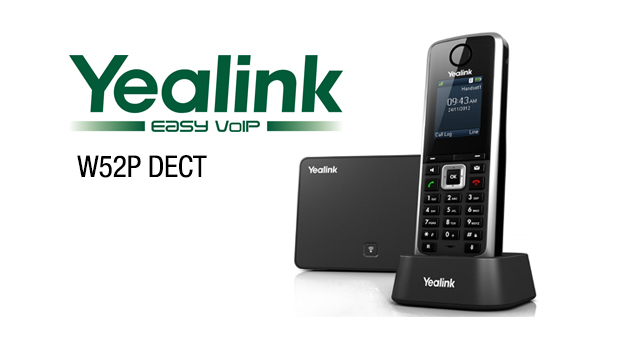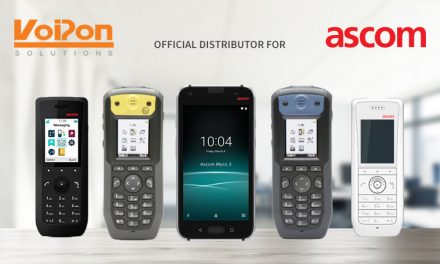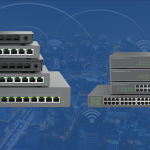This week, Howler Technologies officially announced its ground breaking type of transcoding card—the Howler Screamer. The card works with your existing IP PBX software, such as Asterisk and FreeSwitch and is designed to businesses a huge advantage in terms of cost and performance because of the cell technology it uses.
Below is the summary transcription of the podcast we recently recorded.
VoIPon: You’ve told us that Howler Screamer can process up to 425 simultaneous G.729 calls and is over three times faster than any solution currently on the market. Perhaps you can tell us what sort of technology you’re using, and give us an overview of how this works?
[Jay Fenton, CTO, Howler Technologies:] Hi Kathleen. Yes, so the Howler Screamer card is based on some technology that has been around for a couple of years. It’s called the cell processor. The cell processor has been used in every Playstation 3, and more recently, it’s been in the high-range plasma TVs—high-definition TVs that people like Toshiba are producing.
We’re actually the first company in the world to take that technology to the telecoms market. And what that allows us to do is to give incredible levels of performance that just have not been possible before in the areas of signal processing, in transcoding, and in taking off some of the heavy lifting that is typically done on your host CPU inside of Asterisk and FreeSwitch environments.
VoIPon: What sort of business would benefit from using your Screamer PCIe board?
[JF:] The Screamer Board, as well as the software-based version, the Howlet, which is the G.729 codec that we’ve developed, they’re applicable to quite a range of telephony environments, the first being, for example call centres.
You want to save on bandwidth. Typically, call centres represent a large concentration of users, and internet bandwidth is usually at a premium and…or bandwidth to their local provider. And by using low bit rate codecs, they can actually drop that bandwidth down substantially and G.729 is literally one eighth of the bandwidth utilisation by G.711, which is the codec that is typically used. So our technology allows the call centre to make great cost savings in that sense.
On the other side of the industry, the VoIP operators themselves, and companies that are making calls over the public internet, and making them over lossy networks, is where G.729 really comes into its own, because it is not only one eighth of the bandwidth, giving you the cost savings on the bandwidth side, but also much better in dealing with those lossy networks, where packets can typically get dropped very easily and with a typical codec, such as G.711, it is able to recover much more gracefully than that, so the call quality is actually is increased, even though the bandwidth is so much lower.
VoIPon: Howler also offers a similar product in a software only format only. What are the advantages and disadvantages of each?
[JF:] The software product that we sell currently is actually a G.729 codec, and we’ll have other codecs in the future. Howler offers a G.711 and G.729 software and a hardware product which is able to offload the processing onto a PCIe board. Now the software is fantastic, because you just purchase exactly the number of channels you need of G.729 and then download the software, and be up and running in a few minutes.
Historically, people haven’t been deploying things like G.729 for two reasons. The first is there’s been a barrier to entry on costs. So we’ve been working very closely with people like Sipro, the patent holders of our G.729, to bring those costs down as much as possible.
And secondly, G.729, and other low bit rates are very CPU intensive, and so as you start to increase the number of concurrent calls on your Asterisk or FreeSwitch box, you’ll find that you start hitting a bottle neck.
Now ultimately, Howler’s codecs are very, very optimized. We’ve developed them to get as many calls as we can through a box. And typically on an Intel, quad core box, you can 400 – 500 concurrent calls, but if you wanted to do other things on that server, you might have complex, IVRs or Voice Recognition, um, quite a few other things that also want or are vying for CPU attention, then you might as well move that transcoding or signal processing off onto a separate board. And that is what a Howler screamer product is. It uses cell processor technology, mounted on a PCI board, and offloads all of that processing onto the cell processor itself, so your CPU is freed up to do other tasks.
And we’ve brought this to the market at a very good price point. The board itself is only a couple hundred dollars. And just as you can with our software package, you can actually buy just as many G.729 licenses as you need, and upgrade it over time.
Key to the success of our hardware offering is that we can actually give you additional software modules for the board that unlock additional functionality. So you can keep the same board, and literally just upgrade it as the months go by and as Howler releases more and more products for you.
VoIPon: So, have you had any success stories in the field that you’d like to share?
[JF:] Well, we’ve kicked off 2010 with some fantastic sales, and we’re looking to some joint PR with those sales over the next few weeks. Our Howler Screamer board is being used in a large call centre, as well as VoIP operators, and they are very happy with it because now they can actually deploy G.729 to their users and very cost effectively and very, very, scalably, as well.
VoIPon: What makes your product different from the competition, and why should people purchase a Howler Screamer, instead of say the Digium TC400B or the Synway Transcoder Cards?
[JF:] So, Howler’s products are based on quite different technology than the cards you mentioned, and that is one of the reasons why we’re able to achieve four times the performance as anyone else in the industry. The cell processor is a very powerful chip, and by mounting that on a PCIe board and using technology from Toshiba to do that, we have a very reliable product, but also a very scalable and very cost effective product, as well.
Historically, all of the signal processing, the transcoding, of low bit rate codecs has been done on DSPs, digital signal processors. And DSPs have been around for twenty plus years, and although they are mainstay in the telecoms industry, the trouble with DSPs is overtime, they kind of stagnated in their technology. And they are no where the performance of an Intel chip, an AMD chip or in particular, the cell processor, which is even further ahead in terms of performance.
So what Howler has done, is harness that technology and brought it to the telecoms world where it can actually do the work, of several, or actually a dozen DSPs, just on a single chip. That gives you a lot of cost savings, a lot of performance increase, as well, as power savings, as well.
VoIPon: Where do you see the market going and what are the next steps for Howler?
[JF:] Well, the market, the telecoms industry in general, is obviously shifting to an IP and over time to an all IP environment. There’s probably always going to be a need for transcoding.
A lot of people are talking about wideband codecs now, which is something Howler has done a lot of research on. Watch this space for future products from Howler in that regard.
But even in the wideband world, once again, we’re not able to agree on a one codec that fits everyone needs. For example, the mobile networks will all be using AMR wideband, whereas all of the desk phones that are out there are now starting to switch to G.722 and not to AMR. So, where you have two disparate networks that are using different technology, there is going to be a need to do a lot of heavy lifting, a lot of number crunching, to actually turn one codec into another, and actually allow those two networks to communicate together.
So Howler has been focusing on solving that problem, in giving you the best platform that we can to not have to worry too much about how you are going to integrate with all of these other networks. And being able to do it cost effectively, and to have great sounding, and great quality audio that is still going to be able to keep that interoperability.
So in terms of next steps for Howler, as I mentioned, our Howler screamer card is in-field upgradeable, so you can just add additional software modules, which will just run on the card, which will allow us to support new codecs, new signal processing technology. And over the next few months we have quite a few new modules that will be coming out. So, please have a look at our website which is www.HowlerTech.com.
VoIPon: Thanks for your time Jay. Jay Fenton is the CTO of Howler Technologies.
This has been a VoIP Uncovered Podcast brought to you by VoIPon Solutions. For more information please visit www.voipon.co.uk.
